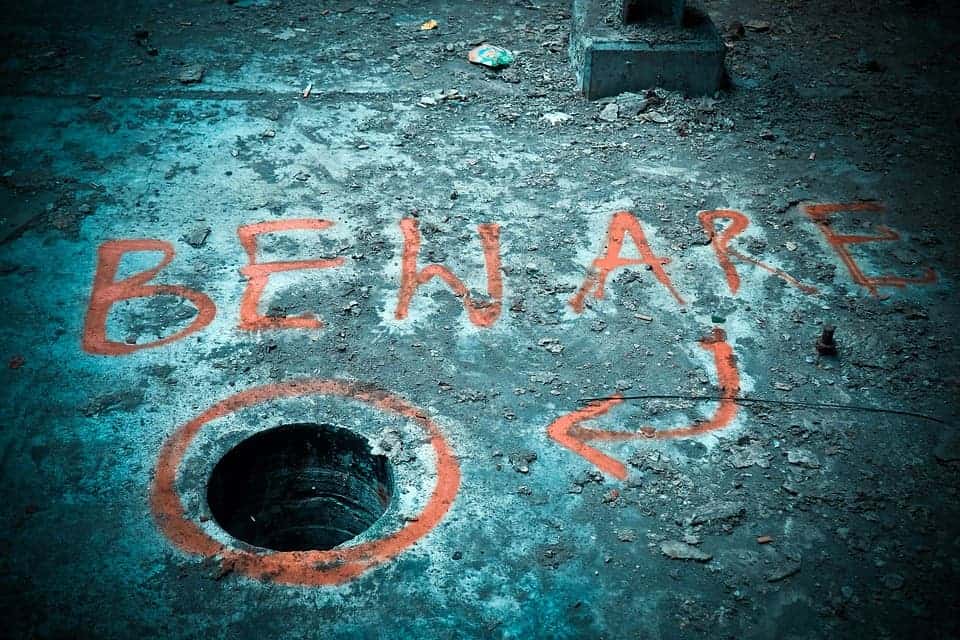Climate change is poised to make the world a hotter place — ‘hotter’ as in ‘more armed conflict’.
More intense climate change will increase the risk of future armed conflict within countries, a new paper reports. The authors draw their conclusion from a compilation of experts’ views, estimating that climate change has fostered between 3% and 20% of all armed conflicts during the last century. That influence, however, is likely to increase dramatically in the future, the team warns.
Cold war, hot war
“Appreciating the role of climate change and its security impacts is important not only for understanding the social costs of our continuing heat-trapping emissions, but for prioritizing responses, which could include aid and cooperation,” said Katharine Mach, director of the Stanford Environment Assessment Facility and the study’s lead author.
In a 4-degrees-Celsius-warming scenario — which is where we’re headed currently unless steps are taken to massively reduce greenhouse gas emissions — the influence of climate on conflicts would increase over five times, the team notes, reaching up to a 26% increased chance of substantial conflicts popping up. A tamer, 2-degrees-Celsius-warming scenario, which is the stated goal of the Paris Climate Agreement, would still carry a 13% increased chance of such conflicts flaring up.
But how exactly does climate change foster conflict? The team writes that climate shifts promote extreme weather events, which are related to natural disasters that lower farming output, livestock production, generally damage economies, and widen inequality among and within social groups. While these may not be enough to spark conflicts by themselves, they do increase the risks of violence — and, together with pre-existing tensions, can lead to conflicts.
“Knowing whether environmental or climatic changes are important for explaining conflict has implications for what we can do to reduce the likelihood of future conflict, as well as for how to make well-informed decisions about how aggressively we should mitigate future climate change,” said Marshall Burke, assistant professor of Earth system science and a co-author on the study.
Whether or not climate plays a role in triggering conflict within or between states is still up for debate in the scientific community, the authors explain, which is what prompted the present study. To get to the bottom of things, they interviewed experts in the fields of political science, environmental science, economics, and other fields, as well as looking at various debates on the subject.
Overall, they agree that climate conditions have indeed affected the risk of organized armed conflict in recent decades. At the same time, they caution against reading too much into this — climate, by itself, isn’t the main factor here. Low socioeconomic development, the strength of government, inequalities in societies, and a recent history of violent conflict have a much heavier impact on conflict within countries.
It’s still unclear how climate conditions affect conflict and to what extent. The study also notes that the consequences of future climate change will also likely be a new breed indeed compared to historical climate disruptions. Society as a whole will be faced with unprecedented conditions. Basically, we simply don’t know the full extent of what we’re facing, and we don’t have any comparable historical context to tell if society will be able to adapt to these changes or not.
“Historically, levels of armed conflict over time have been heavily influenced by shocks to, and changes in, international relations among states and in their domestic political systems,” said James Fearon, professor of political science and co-author on the study.
“It is quite likely that over this century, unprecedented climate change is going to have significant impacts on both, but it is extremely hard to anticipate whether the political changes related to climate change will have big effects on armed conflict in turn. So I think putting nontrivial weight on significant climate effects on conflict is reasonable.”
There is a silver lining here, however. Many of the measures we can take to mitigate the effects of climate change can also prove useful in nipping such conflict in the bud. Adaptation strategies such as crop insurance, post-harvest storage, and training services can help increase food security while diversifying economic opportunities for different communities. Both of these would reduce the potential of climate-induced conflicts, the team writes. It would also be prudent to include climate as a risk factor in peacekeeping, conflict mediation, and post-conflict aid operations, they add.
However, the researchers underline that we should take great care to understand and weigh the potential benefits of such measures against their side-effects. For example, enforcing food export bans in one area can shore up food security there while increasing instability — and thus fostering conflicts — somewhere else.
The paper “Climate as a risk factor for armed conflict” has been published in the journal Nature.










